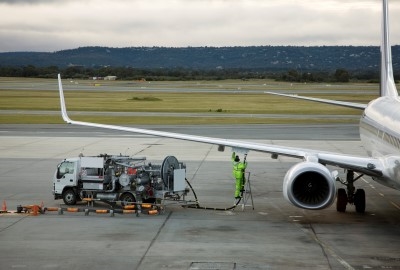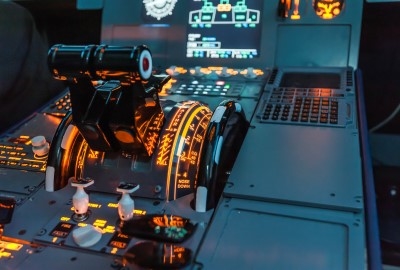10,000 SAF production facilities needed to meet global demand
Sustainable aviation fuel (SAF) is to play a large role in the process of decarbonizing aviation. It can reduce up to 80% carbon emissions compared to conventional kerosene-based fuel. The question is how to get SAF production up substantially to meet the demand from airlines that want to utilize it to cut their emissions.
According to an analysis by SimpleFlying, there is a need for nearly 10,000 production facilities to fulfill future SAF demand. SAF is typically blended with up to 50% conventional jet fuel, requiring no aircraft or engine modifications. At present, commercial and military aircraft, as well as helicopters, can fly with up to a 50% blend of SAF.

According to SimpleFlying, the aviation industry is gearing up for 100% SAF flights (unblended SAF used on all engines) to reach their net-zero goal. The desired large-scale use of SAF requires the mass production of sustainable fuels.
IATA estimates that the production of SAF reached over 75 million gallons (285 million liters) in 2022. Current production levels are nearly equivalent to the daily jet fuel consumption in the United States alone. IATA further estimates an annual need for over 120 billion gallons (450 billion liters) of SAF by 2050 to reduce the projected carbon emissions by 65%.
“In order to achieve that”, SimpleFlying states, “the existing production and supply of SAF must increase exponentially in the coming decades. Industry experts estimate the need for nearly 10,000 production facilities worldwide to cater to the anticipated SAF demand.”


